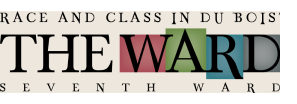Oral Histories
The Seventh Ward has significantly changed due to urban renewal and gentrification. Our oral history collection preserves the voices and stories of those who lived through these changes. Stephanie Boddie and a team of students also share these stories to inspire the next generation to imagine the future of Black Philadelphians.
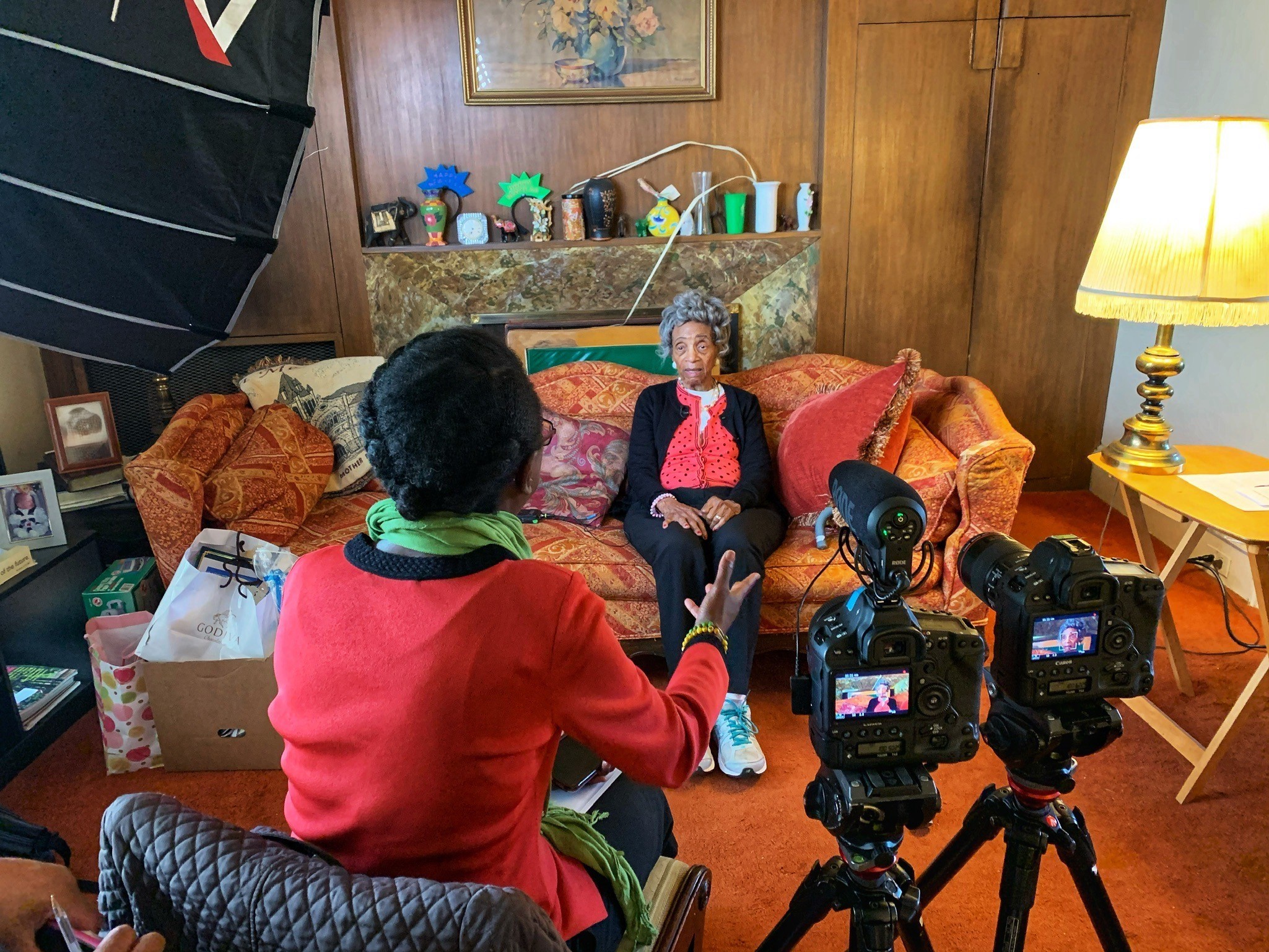
Stephanie Boddie conducts an oral history.
Oral Histories
Our growing collection of oral histories feature the life stories of African Americans who lived in or near the Seventh Ward. Several of the initial oral histories focus on members from Tindley Temple United Methodist Church and Mother Bethel African Methodist Episcopal (AME) Church who reflect on the role of the church and how the neighborhood has changed over time.

Samuel Joyner
Samuel Joyner (born February 7, 1924), one of the few African American political cartoonists in the country and historians of comic art, published his first cartoon in the Philadelphia Tribune as an elementary school student. The Samuel R Joyner Papers are archived at the Temple University Libraries Special Collections Research Center.
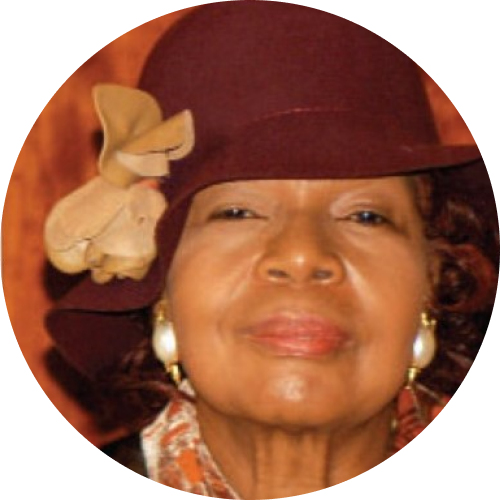
Elizabeth Spann
Elizabeth Gary Spann is a lifelong member of Mother Bethel African Methodist Episcopal Church. She was born in Philadelphia, Pennsylvania, on the 24th of September. She was raised in Philadelphia and has lived all of her life. Elizabeth’s husband, John, one of the first Internal Revenue Service (IRS) agents of color, passed away in 1994. They have four daughters from their union.
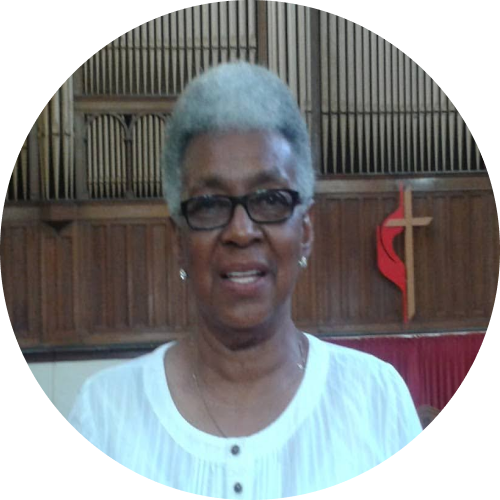
Doris M. Reddick
Doris M. Reddick (born September 21, 1931), a native of Stone Harbor, NJ, she grew up hearing about Tindley Temple and Mother Bethel and moved to a house in Philadelphia just a few blocks from Tindley. She retired as a school community coordinator for the Philadelphia school district.
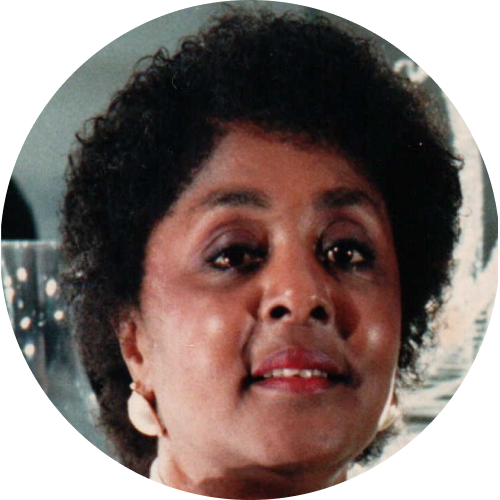
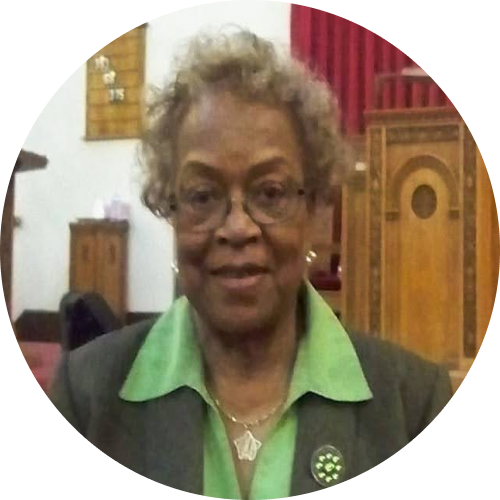
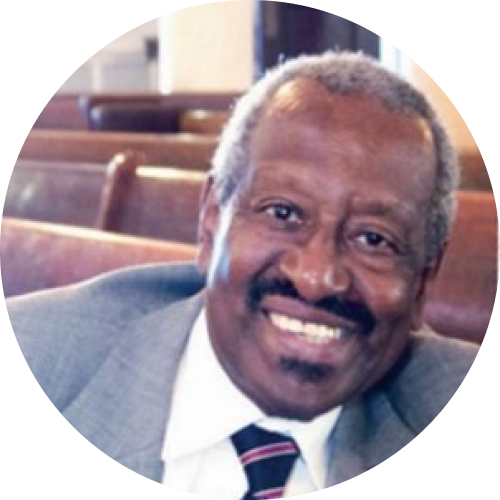
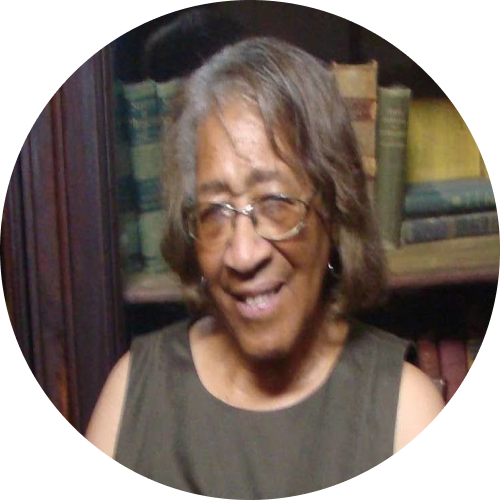
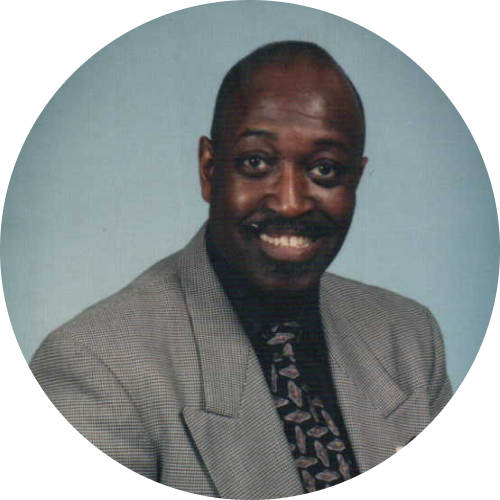
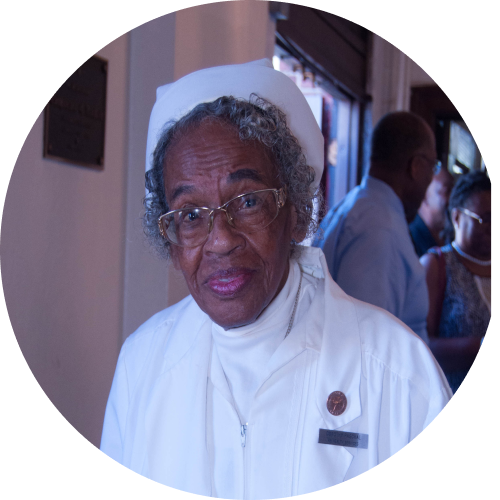
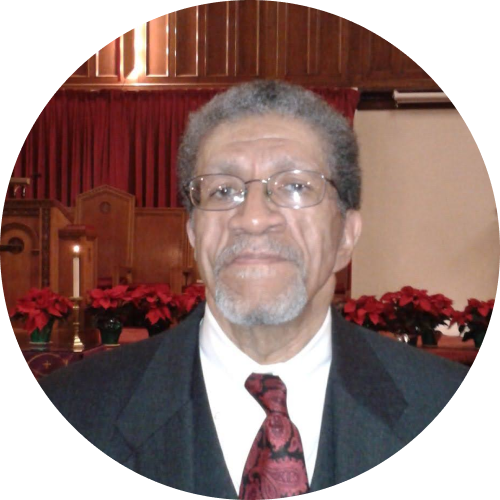

Hattie Gaines Hamilton
Hattie Gaines Hamilton (born April 19, 1925), a woman of many firsts—first black woman president of the Eastern Pennsylvania Conference United Methodist Women and first black woman to study math as a graduate student at University of Pennsylvania. She retired after serving as a math and science teacher, guidance counselor, and vice principal.
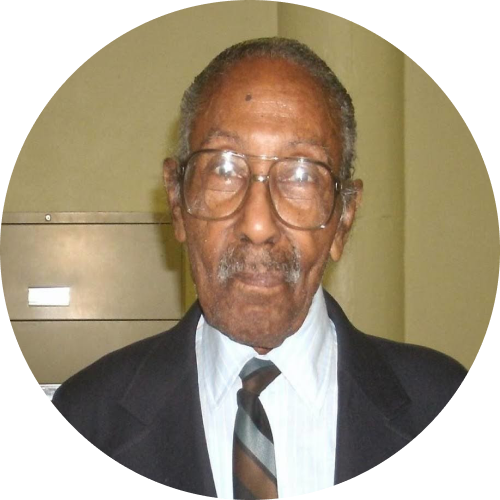
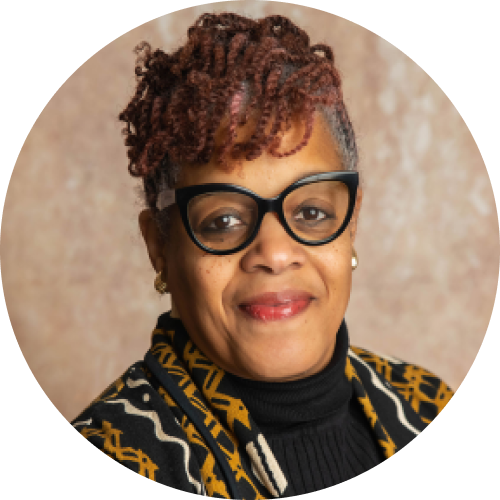
Partner Congregations
Mother Bethel African Methodist Episcopal (AME) Church and Tindley Temple United Methodist Church were among the 55 churches Du Bois studied. During the 1890s, these churches sponsored programs such as burial societies and building and loan associations.
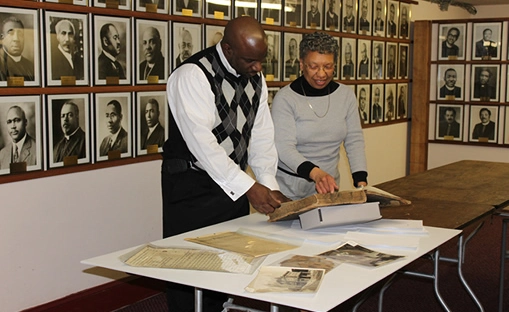
Rev. Mark Tyler and Mother Bethel church archivist and educator, Margaret Jerrido, review items in the archives.

The Negro church is the peculiar and characteristic product of the transplanted African, and deserves especial study…the church is a centre of social life and intercourse; acts as newspaper and intelligence bureau, is the centre of amusements—indeed, is the world in which the Negro moves and acts. So far reaching are these functions of the church that its organization is almost political.
W.E.B. Du Bois
Tindley Temple United Methodist Church
Tindley Temple United Methodist Church traces its roots to 1837 and is best known for its early 20th-century pastor, the Rev. Charles Albert Tindley, who wrote more than 60 hymns.
When it was known as Bainbridge Street Methodist Episcopal Church, the congregation was one of 55 churches studied by Du Bois in the 1890s. In Tindley Temple’s heyday in the 1920s and ‘30s, the church’s 3,200 seats were filled three times each week – twice on Sunday morning and again during a third Sunday evening service.
During this period, the 12,500 members flowing through the doors each week were both Black and white. Tindley Temple broke not one but two racial barriers: In addition to being one of the very few multiracial churches in the nation, it was also the first Black church to own property on Broad Street in Philadelphia. Its multimillion-dollar building is recognized on the National Register of Historic Places.
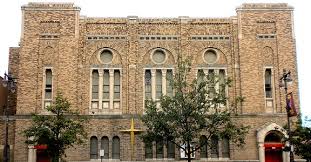
Tindley Temple United Methodist Church is located at 756 S. Broad Street.
Mother Bethel A.M.E Church
Mother Bethel A.M.E. Church was founded in 1794 by minister Richard Allen as the first African Methodist Episcopal (AME) church in the country on what is the oldest parcel of land continuously owned by African Americans in the United States.
To accommodate the growing number of African American churchgoers at St. George’s, in part because Allen’s sermons were so popular, a separate balcony was constructed. Jones and Allen led the other African American members out of the church after being asked to move to the segregated balcony mid-prayer during a service.
In 1791, Allen bought the lot on the corner of Sixth and Lombard streets and in July of 1794, the first service was held in a former blacksmith shop. Allen became the first bishop of the AME in 1816 and continued to transform Mother Bethel into a center of Black life.
Prior to Emancipation, the church acted as an important station on the Underground Railroad and a recruiting station during the Civil War. Additionally, the church hosted a school for children and published one of the oldest African American newspapers in the nation, the Christian Recorder, founded in the 1840s.
Since the first church, there have been three other church buildings on the site. The fourth and current church was built and dedicated in October of 1890.
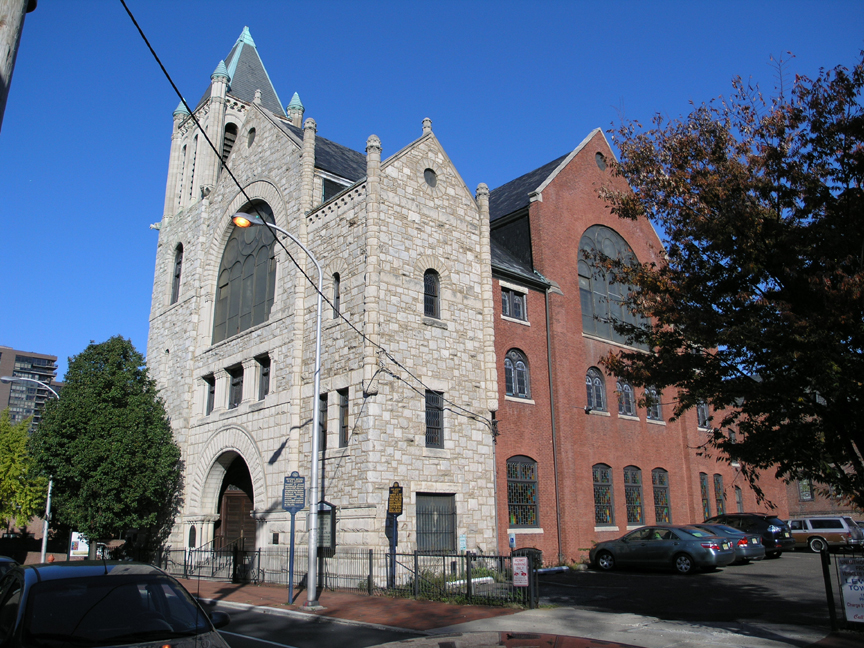
Mother Bethel AME Church is located at 6th and Lombard Streets.
